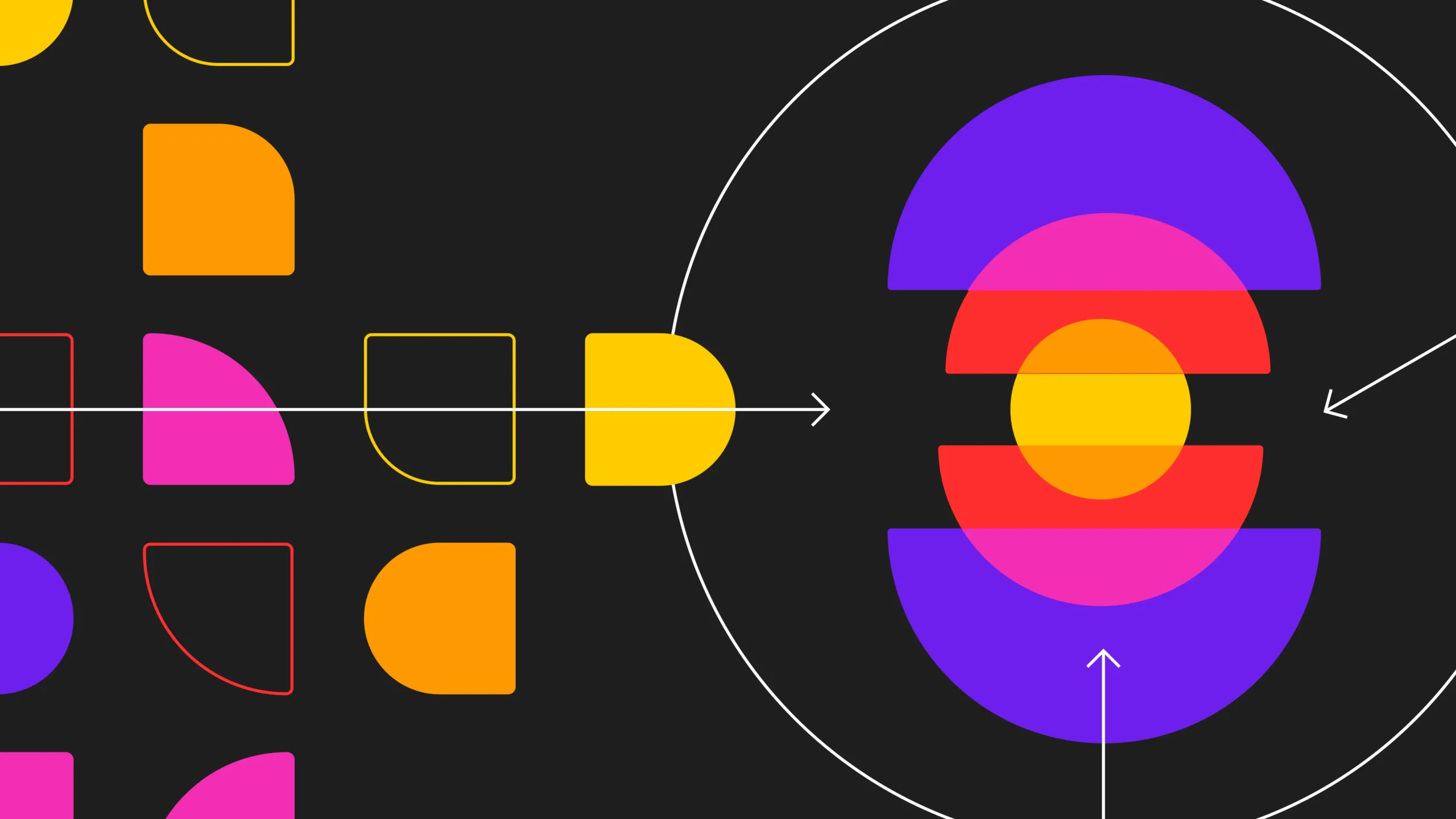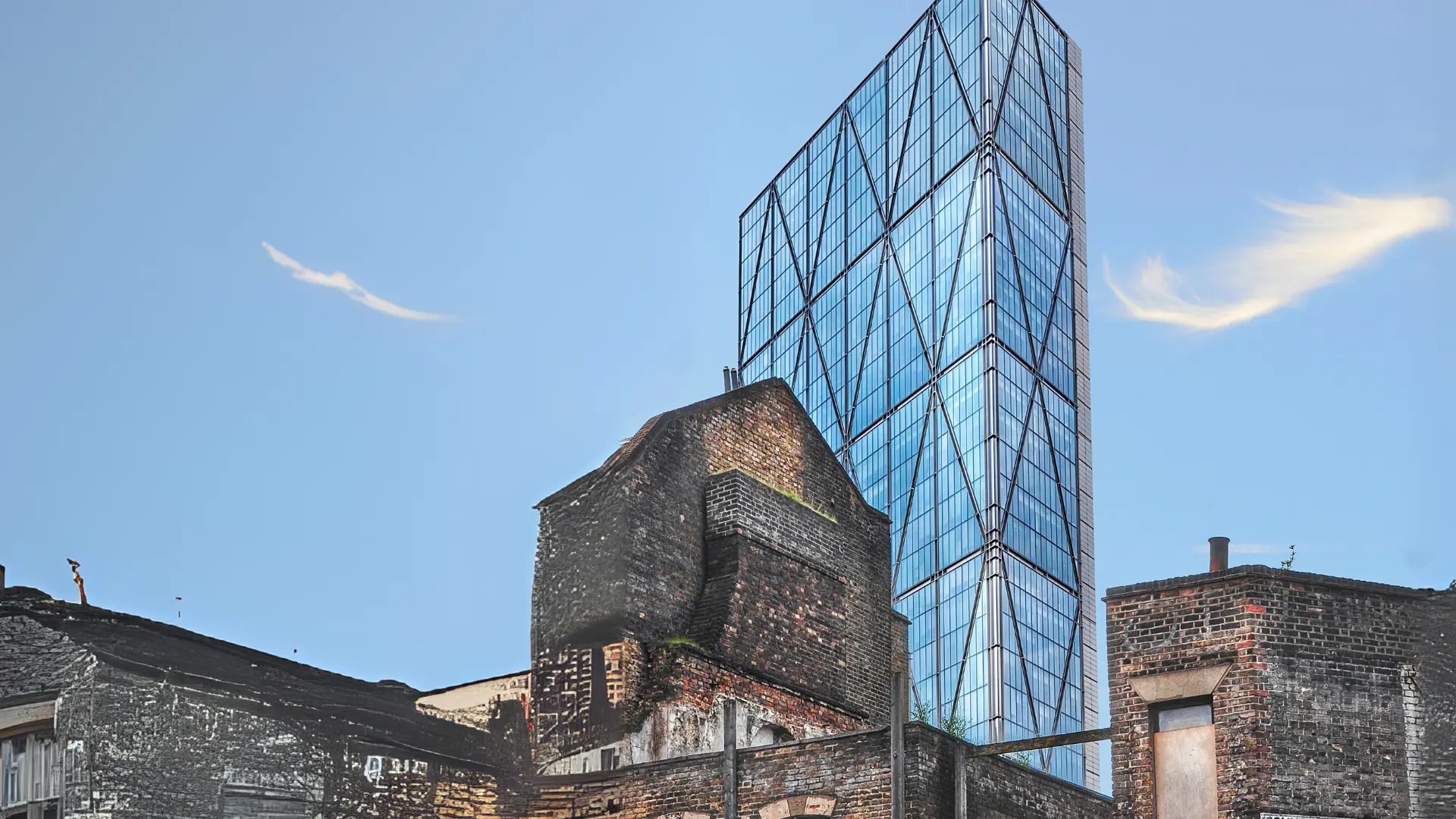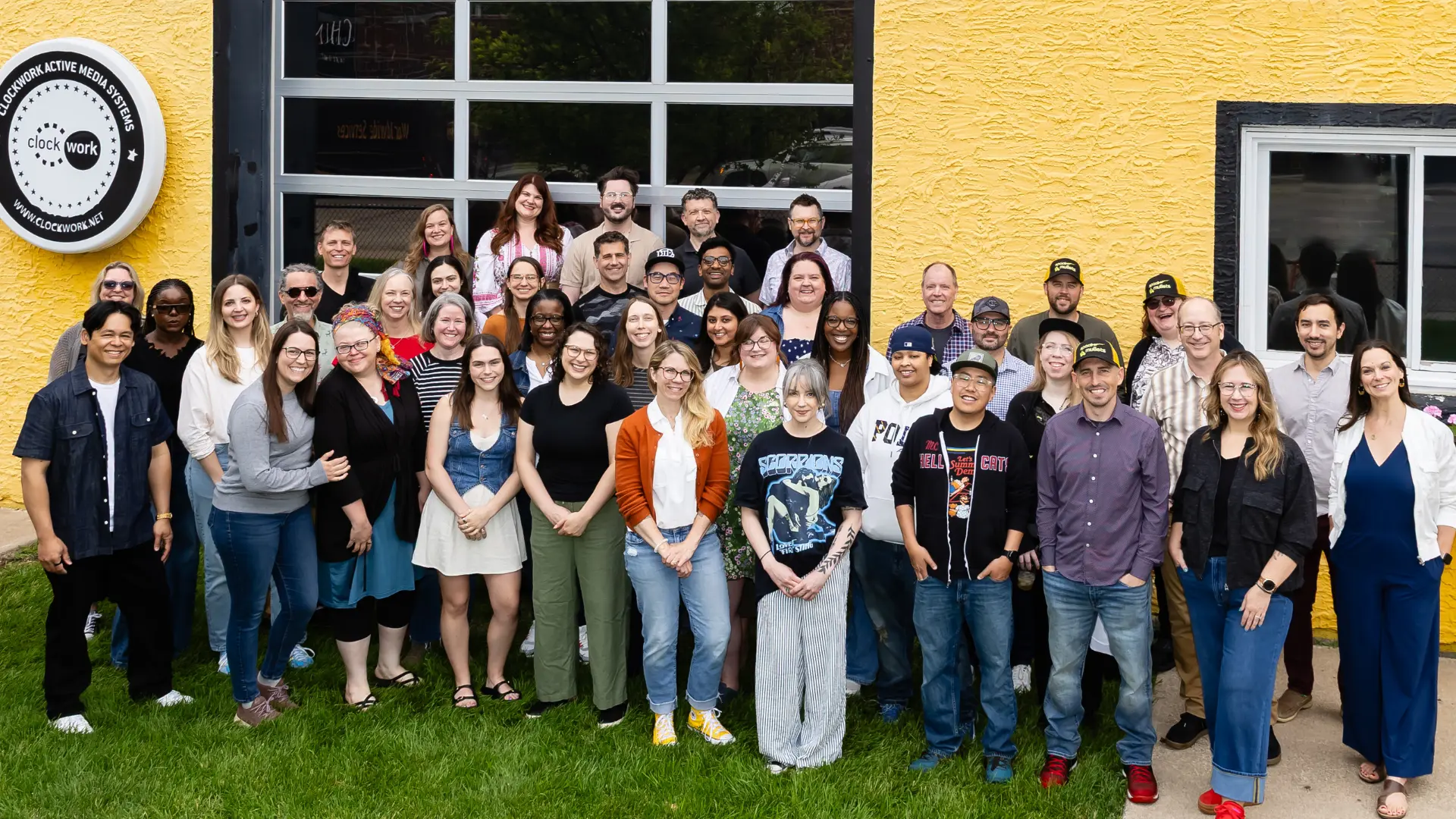Panelists: (from left) Bev Brown, Tonya Jackman Hampton, Ravi Norman, Philomela Morrissey, David Hough, and Tasha Byers
The Minneapolis/St. Paul Business Journal held a Diversity in Business panel discussion on July 14th. The guests included a representation of local organizations small and large, from the Saint Paul Chamber of Commerce to Wells Fargo.
Big takeaways
Social inclusion matters.
Achieving representation within organizations isn’t enough to make us feel like we’re actually a part of it. Social inclusion plays a huge role in how work feels — how welcomed we feel and how integrated we feel. I connected this to the common knowledge that business, and advancing in business, is more about relationships than acquaintanceships.
Conversations are critical.
They are hard, and they must happen. Policies and programs don’t change hearts, but taking time to have group discussions about race and diversity, and the work culture around them, makes a difference. These conversations require openness and vulnerability, traits that positively impact the humanness of the work environment.
Connections with people like you are important.
Networking with people who you identify with is important to feeling heard and supported. I saw this as the other side of the coin to the first theme — social inclusion: People want to connect with everyone, but also have an opportunity to meaningfully network with people who may be experiencing similar frustrations, situations, or hurdles. I think that’s something we all want, but may take for granted when we have it.
Leaders must be vocal about diversity.
While culture isn’t top-down, people take cues from the what leadership and high-profile colleagues care about and talk about. If they set an example to actively and persistently value diversity, people within the organization are more likely to follow suit. In fact, leaders can’t not show up in the discussion, especially around current events.
Some moments and quotes that really stuck with me
Tasha Byers’ Contribution
Tasha Byers, of the St. Paul Chamber of Commerce, shared that the Minneapolis/St. Paul region is ranked #1 at retaining whites, but only #14 at retaining people of color. When she and colleagues talked to people across races, she heard the refrain, “I’d like to stay, but…” Why?
One reason they found, across races, was a lack of opportunities to network with other professionals of color. (See theme above.)
She also made an interesting observation about the (in)famous Minnesota Nice temperament that pervades our social interactions. What she found Minnesota Nice often means for people of color is that colleagues are nice and friendly at work, but that it doesn’t translate into social inclusion. She described the feeling like this: “If I’m not in your informal network, I’m not going to be able to have upward mobility in the career path.”
Lastly, she observed that organizations in the region don’t seem to see an individuals’ diversity as an asset. When I heard that I was immediately reminded of the “cultural fit” versus “cultural contribution” distinction.
Her rallying cry was that we need to change MN Nice to MN Warm and change the narrative. As she said, “Let’s go from ‘I’d like to stay, but…’ to ‘I can’t leave because…’”
Some resources she mentioned: MSP Mingle and MakeItMSP. You can get to know more about Tasha in this StarTribune article or this Minneapolis/St. Paul Business Journal article.
Two Words: Ravi Norman
Ravi Norman definitely stole the show. He brought amazing energy to what was at times a relatively dry conversation. He was first one to really expand the conversation to a purpose bigger than numbers and a level higher than programs. From the get-go, he said, “Diversity without deep intent and sustained investment does not work.” He then went on to make the truthful observation that humans are predisposed to homogeny; we seek the familiar and desire common recognition. Familiarity induces trust. Therefore, getting people to embrace differences will take more than programs.
This reminded me of an astute comment I heard recently: diversity will always be hard.* Diversity — of people, ideas, backgrounds, ways of thinking — means people are dissimilar. That’s not easy for anyone. On one hand, this seems discouraging. But on the other hand, it’s also liberating. It’s not hard because we’re doing it wrong (yes, some probably are). It’s hard because we’re doing it at all.
But back to Ravi.
He suggested that organizations have to become human asset organizations. What does that mean?
- They have to help people find their inspirational voice.
- They have to build capacity and real, sustainable social inclusion.
- They have to work for economic wealth inclusion and the democratization of financial health.
He went on to outline three best diversity practices:
- Intentionality: starting with the CEO, diversity and inclusion has to be woven into the fabric of the organization (Diversity & Inclusion is not a program)
- Sustainable investment: organizations must be committed to investing their time, energy, and money over a long period of time and using metrics and other accountability strategies to ensure change is happening.
- Open infrastructure: organizations have to continuously listen, learn, and tweak processes and mind sets. They have to be transparent and engaged.
Measuring diversity
When the panel was asked how they measure diversity and the success of what they’re doing, many had pretty standard answers about numbers and program size. But someone (I think Ravi) said that they make dedication to and actions toward diversity part of annual review for employees. Individuals must demonstrate how they are helping the organization achieve their diversity mission.
Ravi’s company, Thor Construction, built a health app that allows people to rate their wellbeing across several dimensions — physical, spiritual, financial, emotional, psychological — so the individuals and organization could see how good (or bad) people feel on a variety of levels. He saw a huge increase in people’s engagement with their own wellness as a result of using the app.
Lastly, Tonya Jackman Hampton said the race exhibit at the Science Museum was worth going to, maybe as a group field trip for teams or organizations.
Panelists
Bev Brown, Excel Energy
Tasha Byers, St. Paul Chamber of Commerce
David Hough, Hennepin County
Tonya Jackman Hampton, HealthPartners
Philomena Morrissey, Wells Fargo
Ravi Norman, Thor Construction
MN Tech Diversity
In April, Clockwork launched the MN Tech Diversity Pledge. It’s our way of starting a local coalition of organizations that want to improve the state of diversity in our local industry. Check out the signatories and join us!
*I can’t remember where I heard this. It was on the radio. If it sounds familiar, please share!



